 As mentioned in the first part of this article, there are a few beers that might benefit from just a hint of astringency. Usually, the slight puckering sensation will offset or complement another character in the beer. (And, of course, we all know that noticeable astringency in most beers is going to be unwanted.) There are a couple ways you can get just a hint of astringency in your beer, if you want it.
As mentioned in the first part of this article, there are a few beers that might benefit from just a hint of astringency. Usually, the slight puckering sensation will offset or complement another character in the beer. (And, of course, we all know that noticeable astringency in most beers is going to be unwanted.) There are a couple ways you can get just a hint of astringency in your beer, if you want it.
Tannins are water soluble. They are more soluble in high pH solutions than low. And, like most water soluble molecules, they are more soluble in hot water than cold. Let’s first review what happens when you use continuous sparging with 170 °F (77 °C) water. In other words, if you sparge in the normal way meant to minimize tannin extraction. [Read more…]
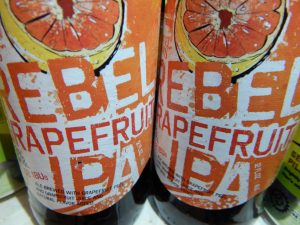
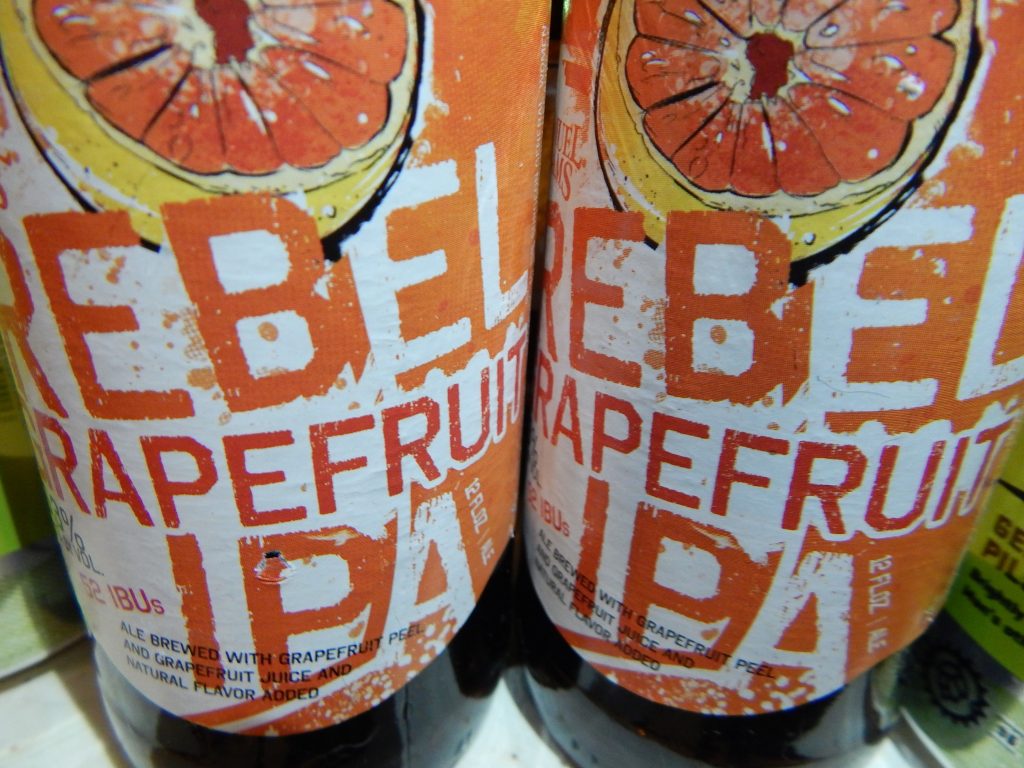
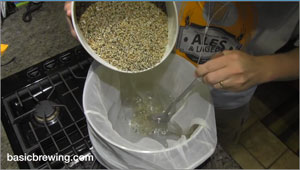
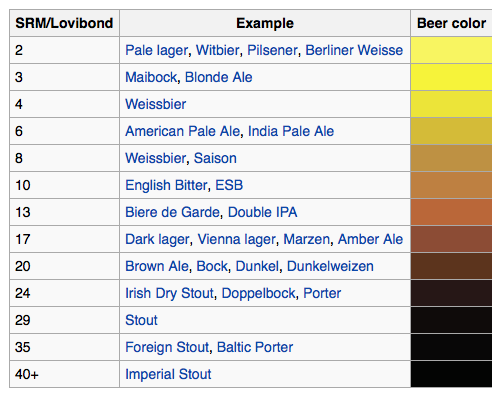
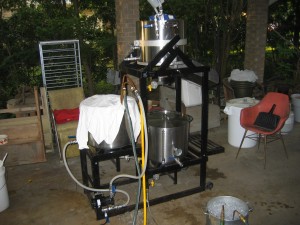



Recent Comments